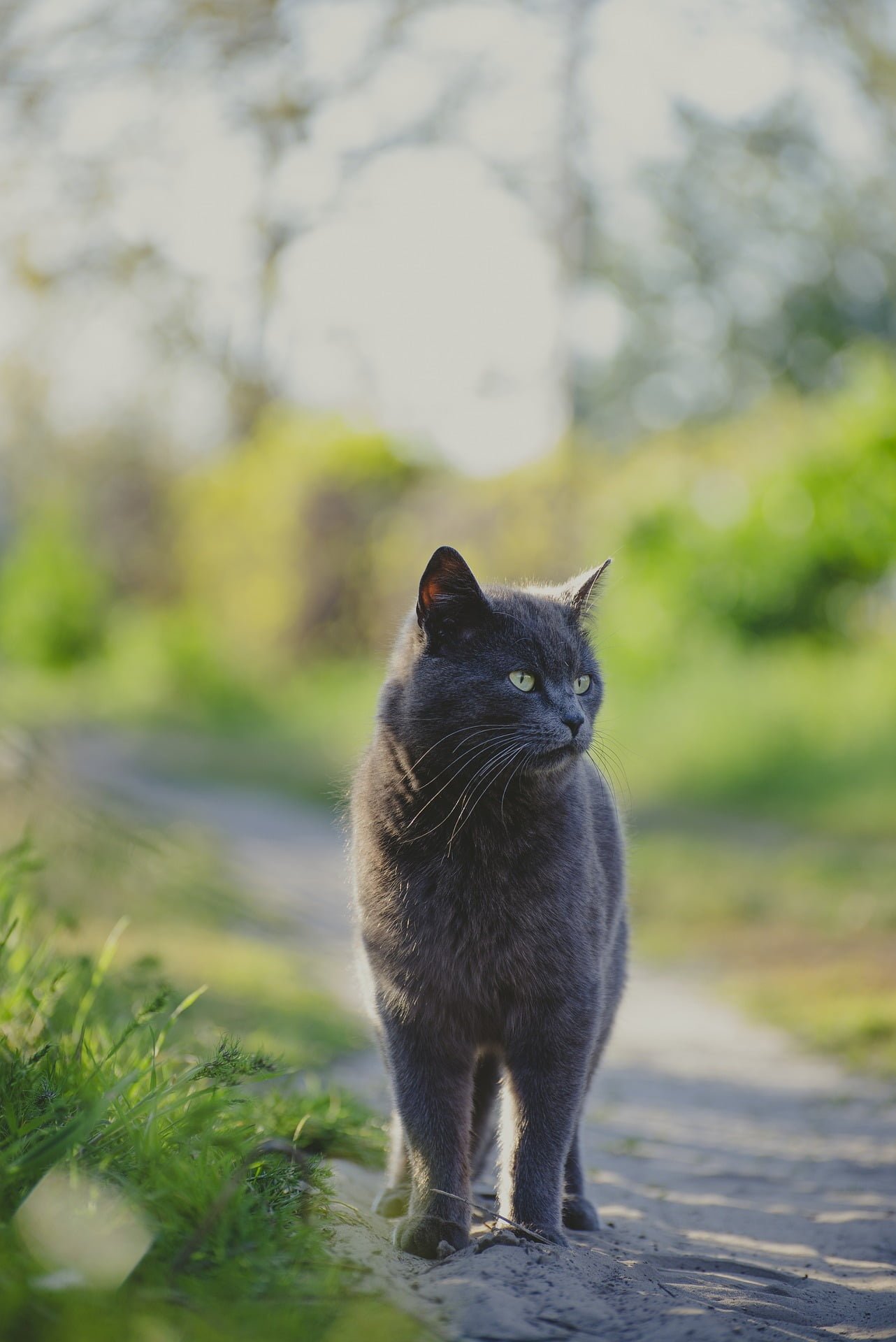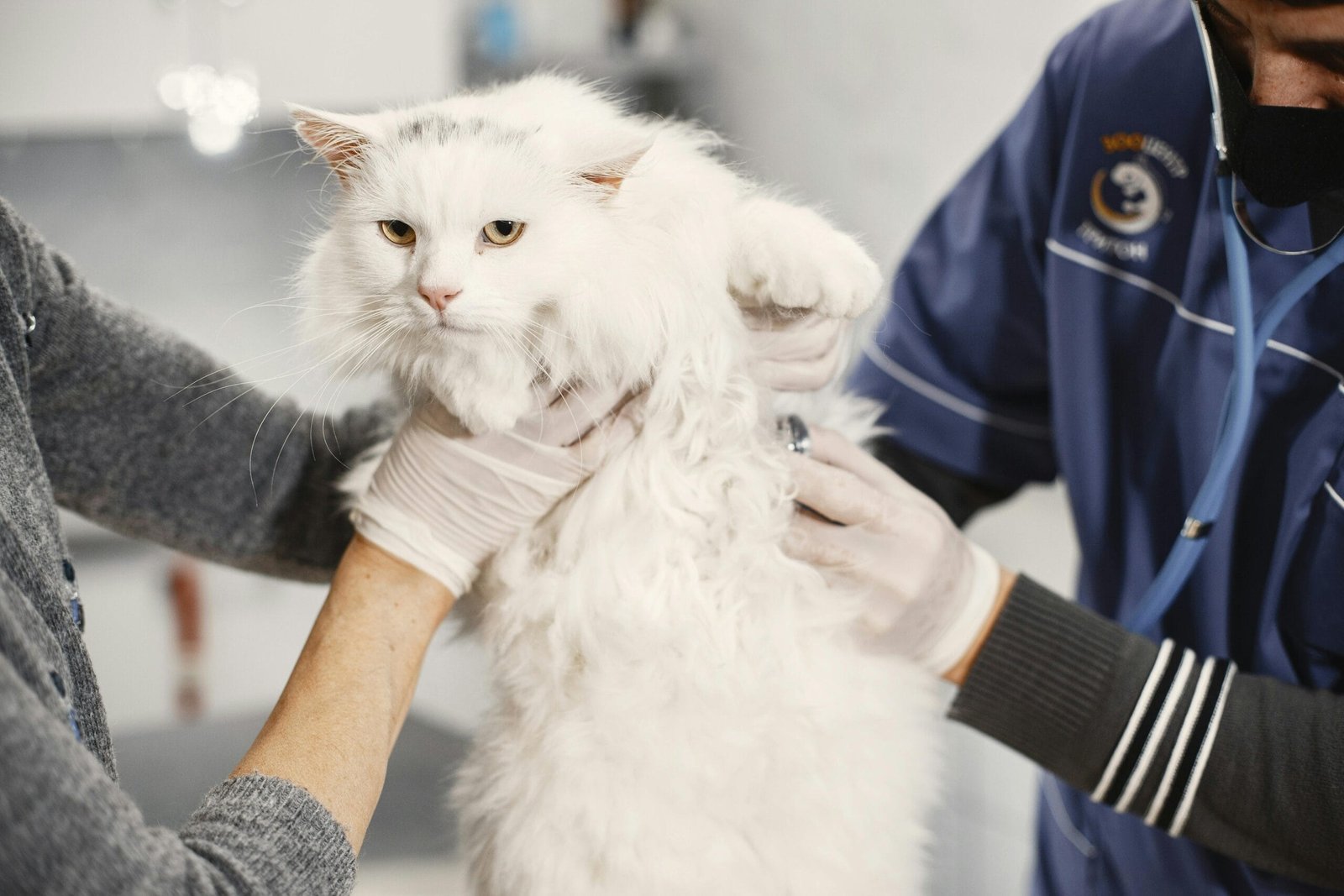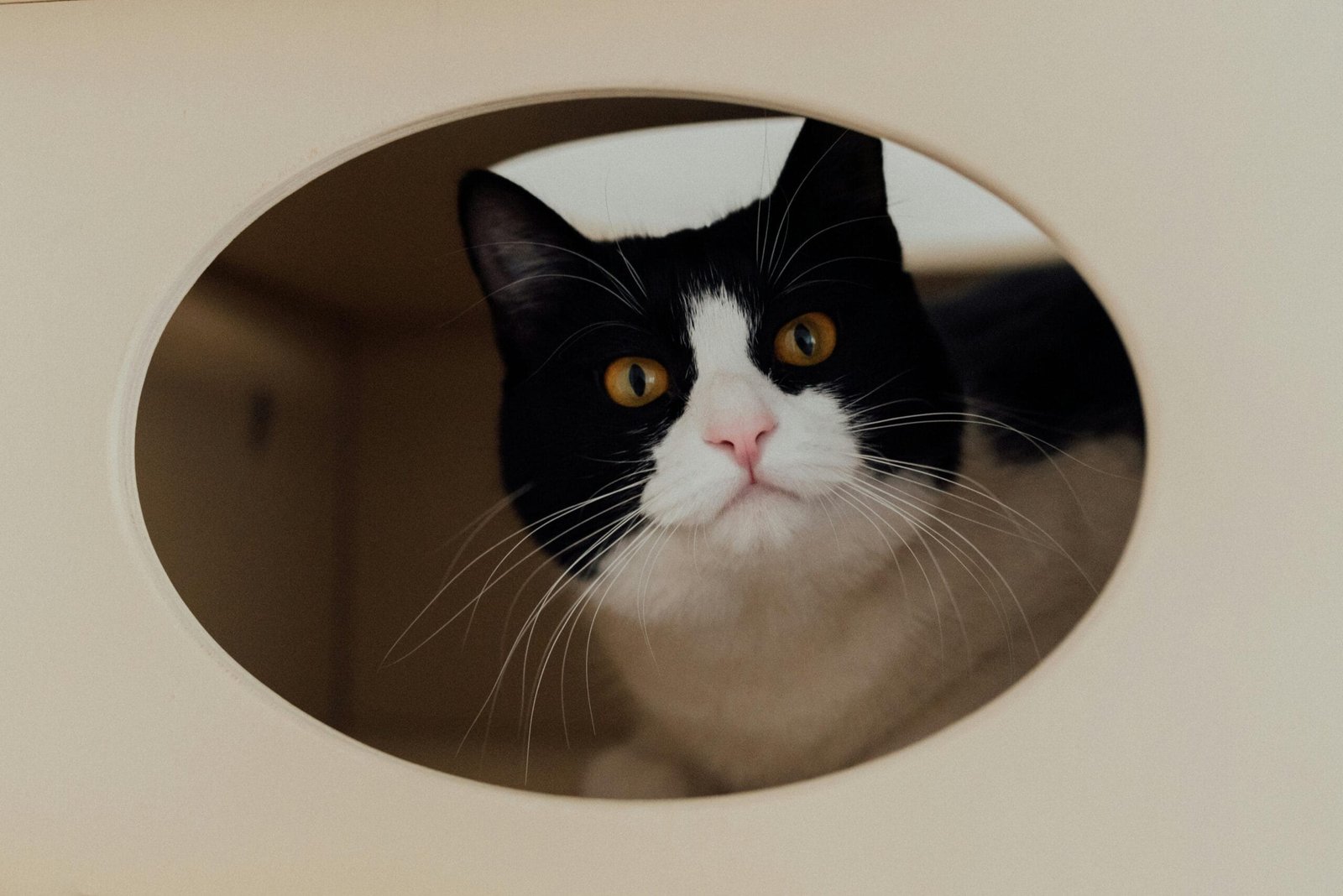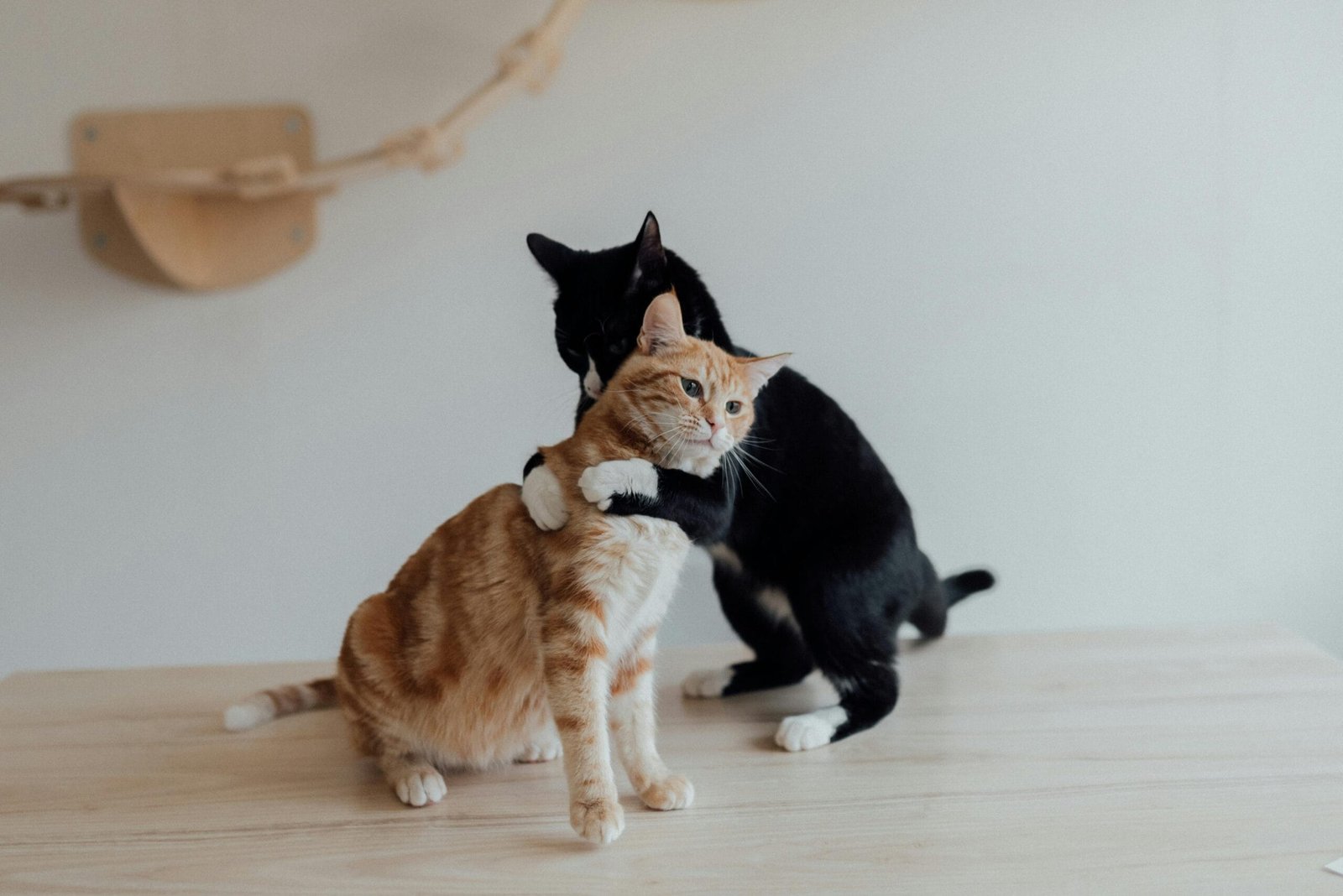How to Train a Cat Not to Pee on Stuff – Tips and Solutions
Introduction
Cats are beloved companions, but they can sometimes develop undesirable habits, such as urinating outside their litter box. This behavior can be frustrating for pet owners and may indicate underlying issues, such as medical conditions or behavioral problems.
In this guide, we will explore effective strategies to train a cat not to pee on stuff, ensuring a harmonious home for both you and your feline friend.
Understanding the Reasons Behind Inappropriate Urination
Before addressing the issue, it’s essential to understand why your cat might be peeing outside the litter box. Some common reasons include:
Medical Issues:
Conditions like urinary tract infections, bladder stones, or diabetes can cause your cat to urinate frequently or inappropriately. If you notice sudden changes in your cat’s urination habits, consult your veterinarian to rule out any medical issues.
Stress and Anxiety:
Cats are sensitive creatures, and changes in their environment, such as moving to a new home, the arrival of a new pet, or loud noises, can cause stress. Stress can lead to inappropriate urination as a coping mechanism.
Litter Box Preferences:
Your cat may have specific preferences for litter type, box size, or location. If the litter box isn’t clean or comfortable, your cat might choose to relieve itself elsewhere.
Step-by-Step Guide to Training Your Cat Not to Pee on Stuff
Step 1: Visit the Veterinarian
Before implementing any training techniques, it’s crucial to consult your veterinarian to rule out any medical conditions that could be causing your cat’s inappropriate urination. Addressing medical issues early can prevent further complications and help you understand your cat’s behavior.
Step 2: Clean Up Accidents Properly
If you train a cat not to pee on stuff, it’s essential to clean the area thoroughly. To get rid of the smell completely, use an enzymatic cleaner made especially for pet urine. Cats have a keen sense of smell, and if they can still detect their scent in the area, they may return to that spot to urinate again.
Step 3: Provide a Comfortable Litter Box
Ensure that your cat has access to a secure and well-maintained litter box. Here are some tips to optimize the litter box experience:
Choose the Right Size:
The litter box should be large enough for your cat to turn around comfortably. A general rule of thumb is to have a box that is one and a half times the length of your cat.
Select the Right Litter:
Cats have preferences for litter type, so experiment with different options (clumping, non-clumping, clay, or natural) to find what your cat prefers.
Keep the Litter Box Clean:
Change the litter on a regular basis and scoop it every day. Your cat will be more likely to use a clean box.
Step 4: Reduce Stress and Create a Safe Environment
If your cat is stressed or anxious, it’s essential to create a calm environment. Here are some strategies to reduce stress:
Create a Schedule:
Cats need consistency when it comes to eating and playing, so try to maintain this.
Provide Hiding Spots:
Create safe spaces where your cat can retreat when feeling anxious. Cardboard boxes, cat trees, and covered beds can provide a sense of security.
Use Pheromone Diffusers:
Products like Feliway can help create a calming environment by releasing synthetic cat pheromones, which can reduce anxiety.
Step 5: Train with Positive Reinforcement
Train a cat not to pee on stuff requires patience and positive reinforcement. Here’s how to encourage your cat to use the litter box consistently:
Reward Good Behaviour:
Give your cat a reward and some praise each time they use the litter box. The behaviour you want to see is reinforced in part by positive reinforcement.
Redirect Inappropriate Behavior:
If you catch your cat in the act of peeing on your belongings, gently redirect them to the litter box. Never punish your cat for accidents, as this can increase anxiety and worsen the behavior.
Step 6: Monitor Your Cat’s Behavior
Pay attention to your cat’s litter box usage habits. If they continue to avoid the litter box despite your efforts, consult your veterinarian again. Changes in behavior can indicate underlying issues that require further attention.
When to Seek Professional Help
If your cat’s inappropriate urination persists after trying the above methods, it may be time to consult a professional animal behaviorist. A behaviorist can provide personalized guidance and strategies tailored to your cat’s specific needs.
Conclusion
Train a cat not to pee on stuff requires understanding, patience, and consistency. By addressing any underlying medical issues, providing a comfortable litter box, reducing stress, and using positive reinforcement, you can help your cat develop good litter box habits.
Remember, every cat is unique, and it may take time to see results. With dedication and love, you can ensure a harmonious living environment for you and your furry friend.
Call to Action
If you found this guide helpful, share it with fellow cat owners who may be struggling with similar issues. For more tips on cat care and training, subscribe to our blog and stay updated on the latest advice and techniques.
References
www.Petmd.com all lol
Top 10 Ways to Stop Your Cat from Peeing Outside the Litter Box
www.wikihow.com
How to Stop a Cat from Urinating in the House: 14 Steps












